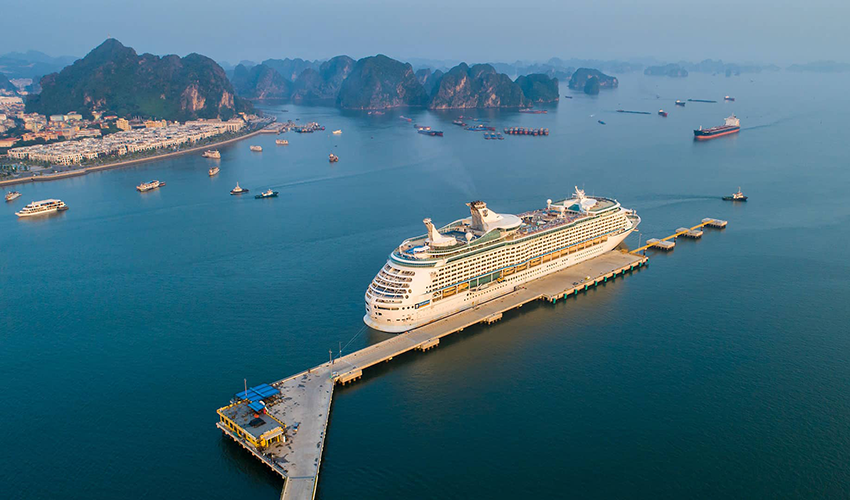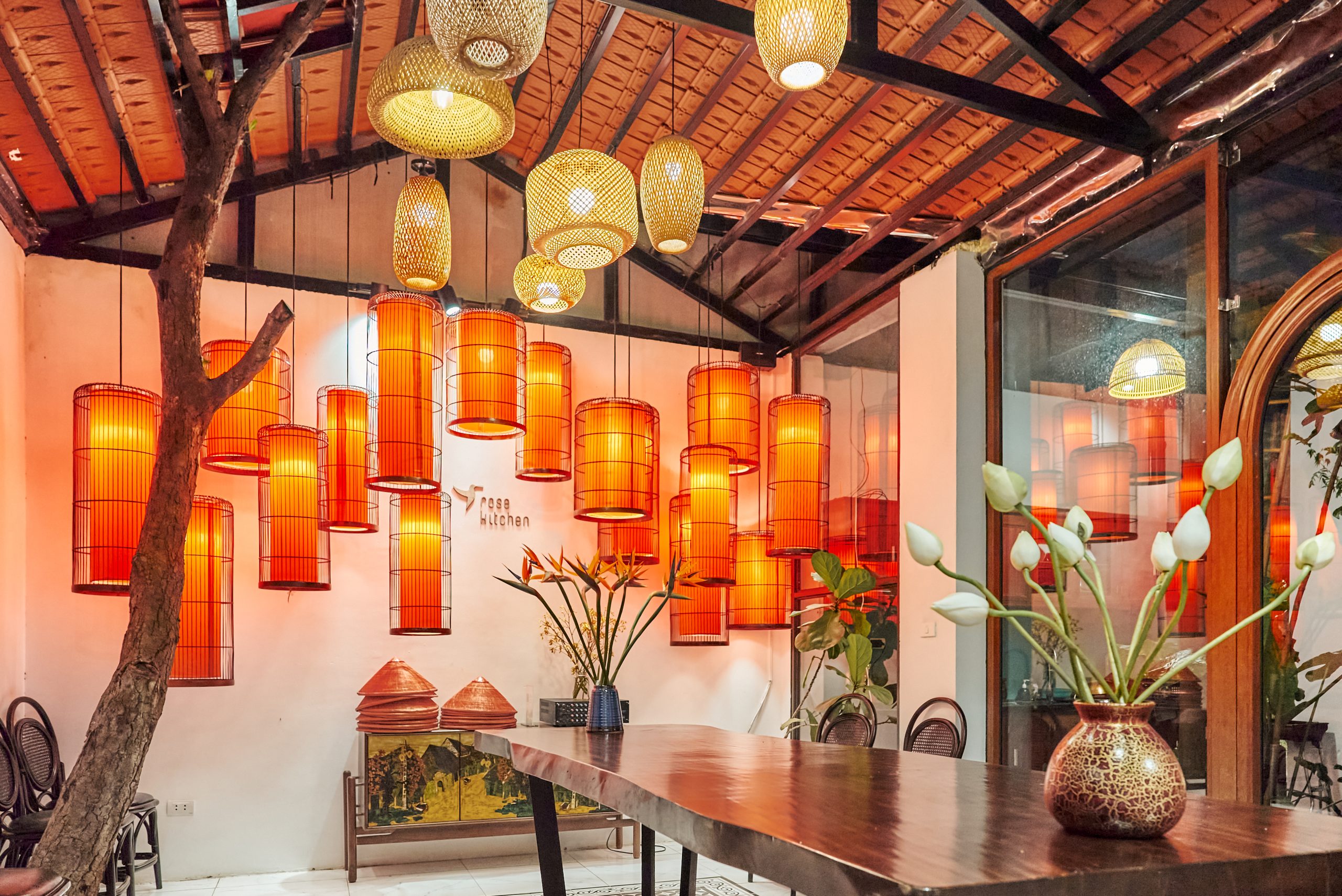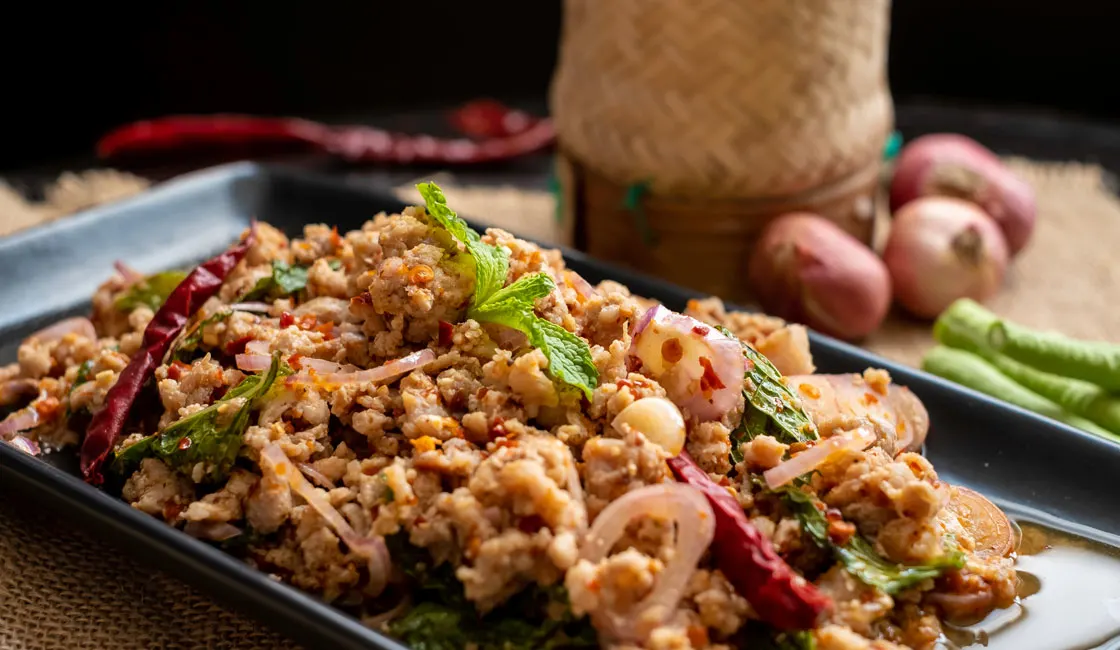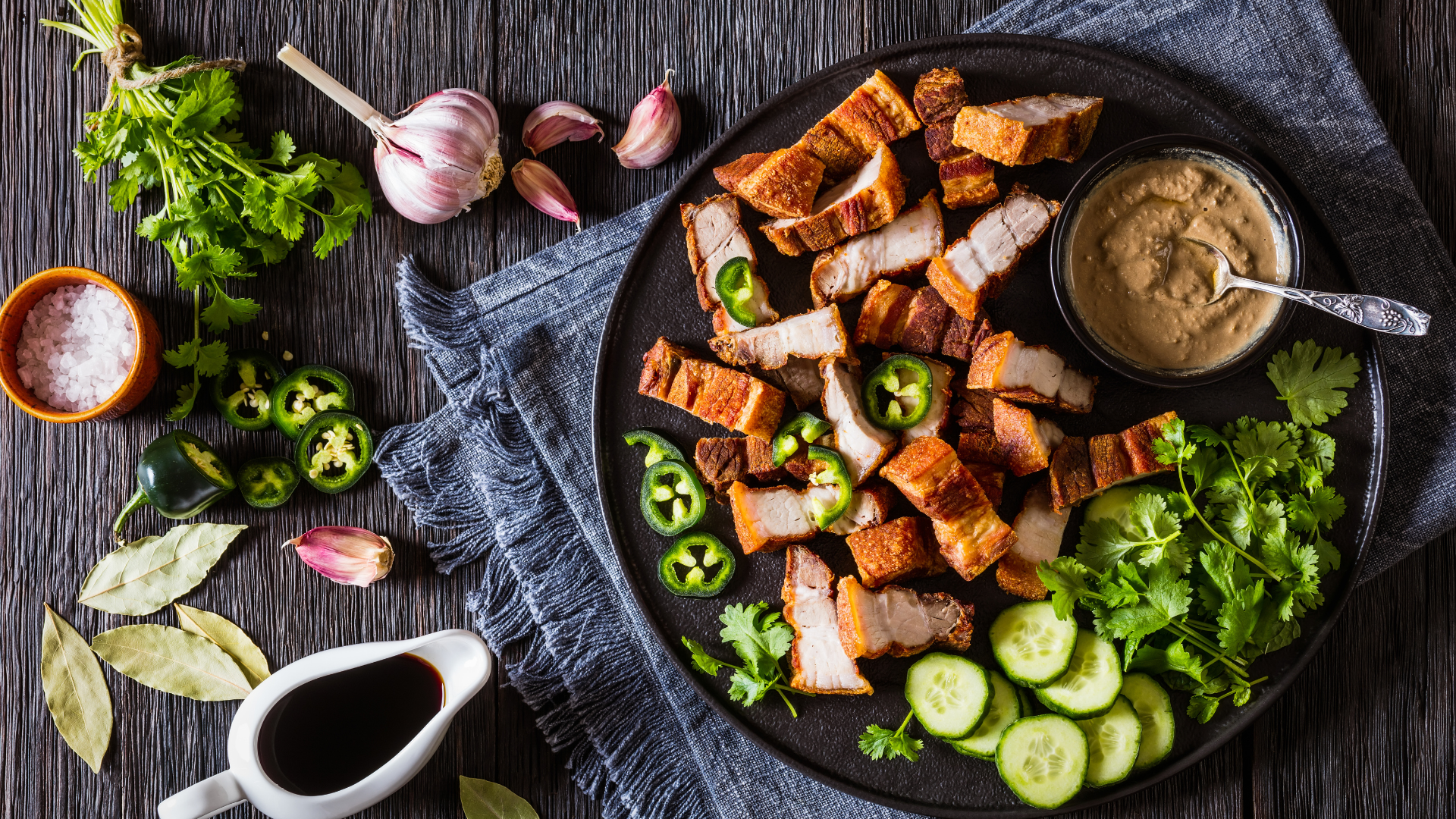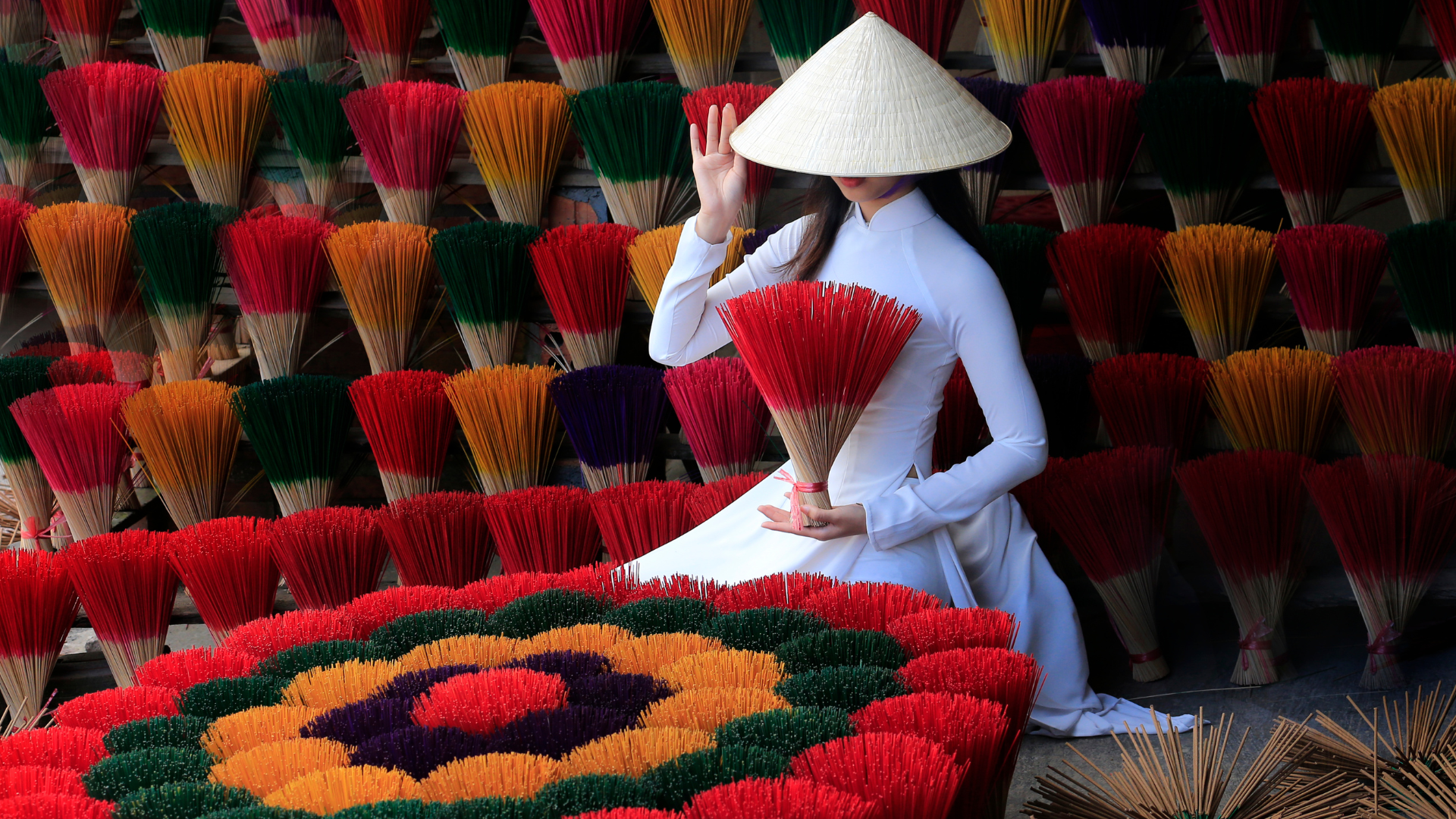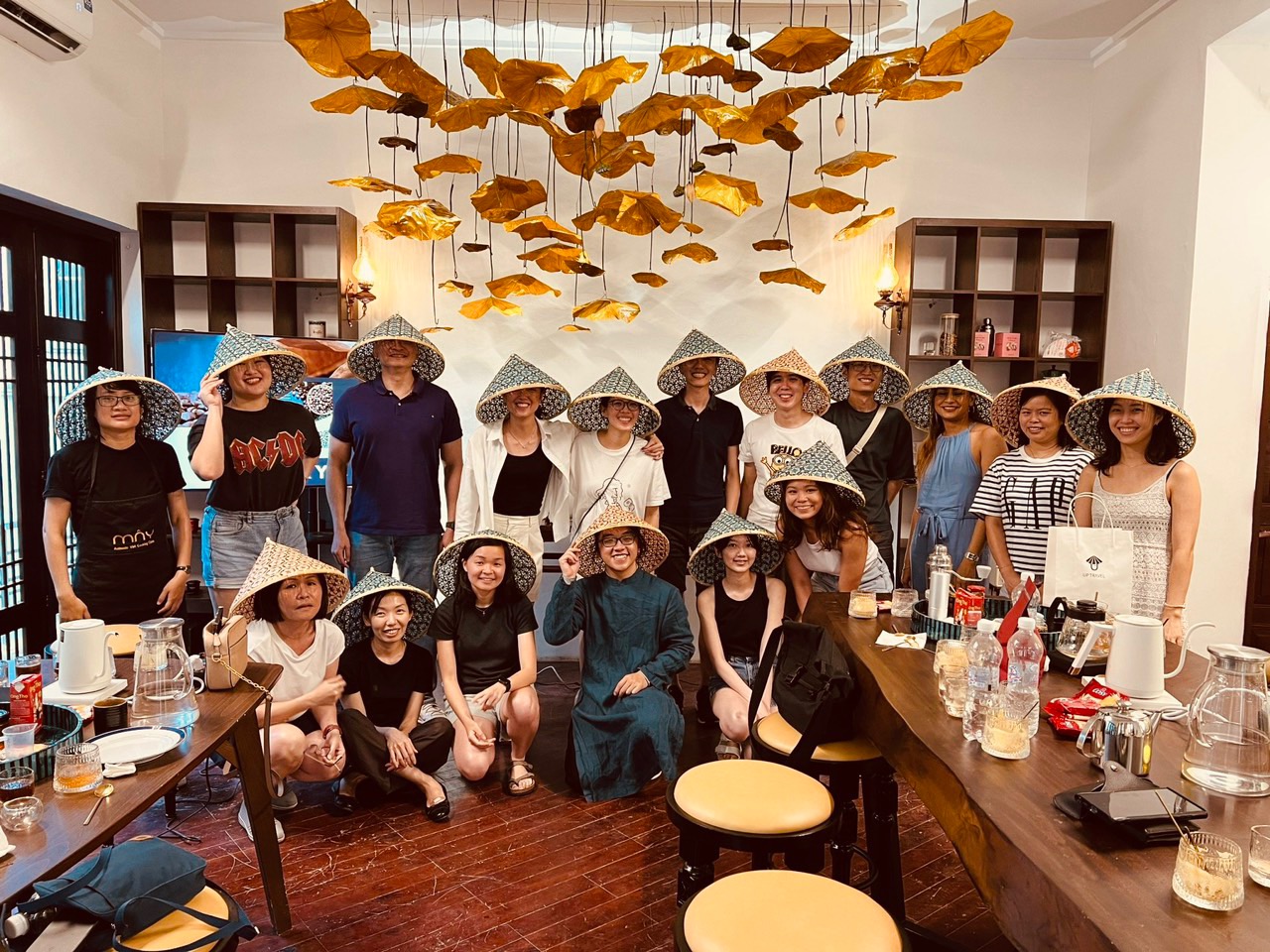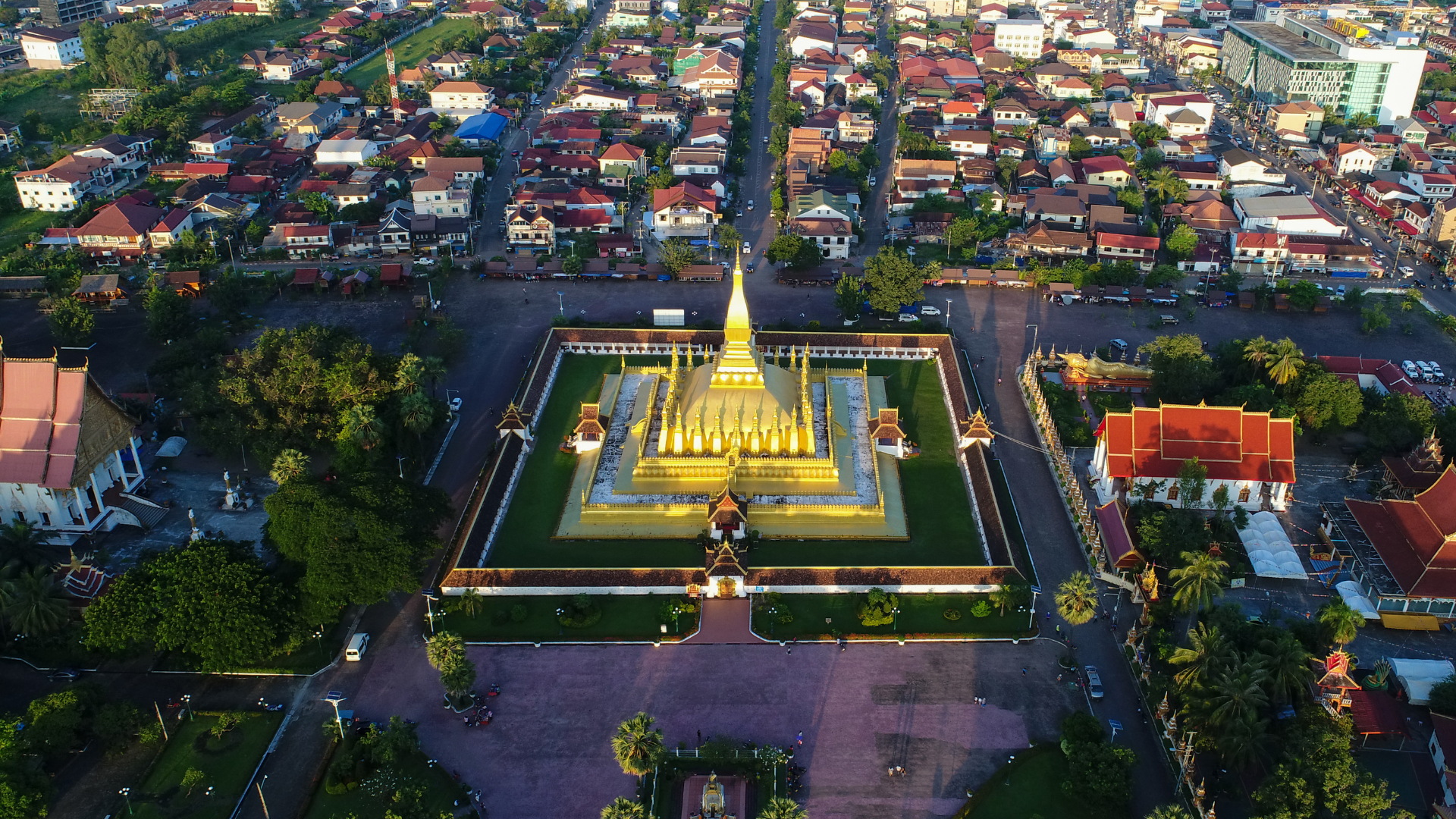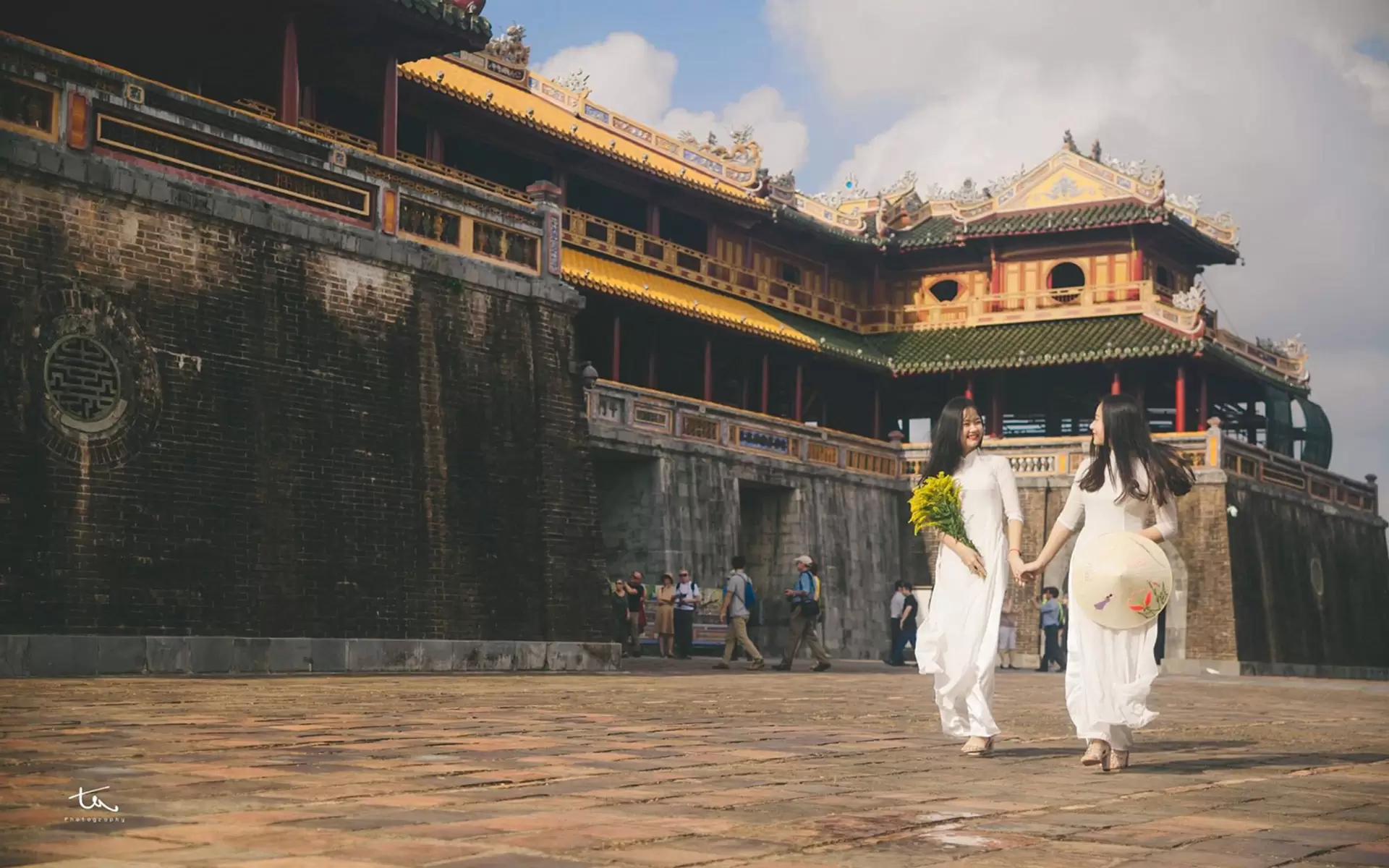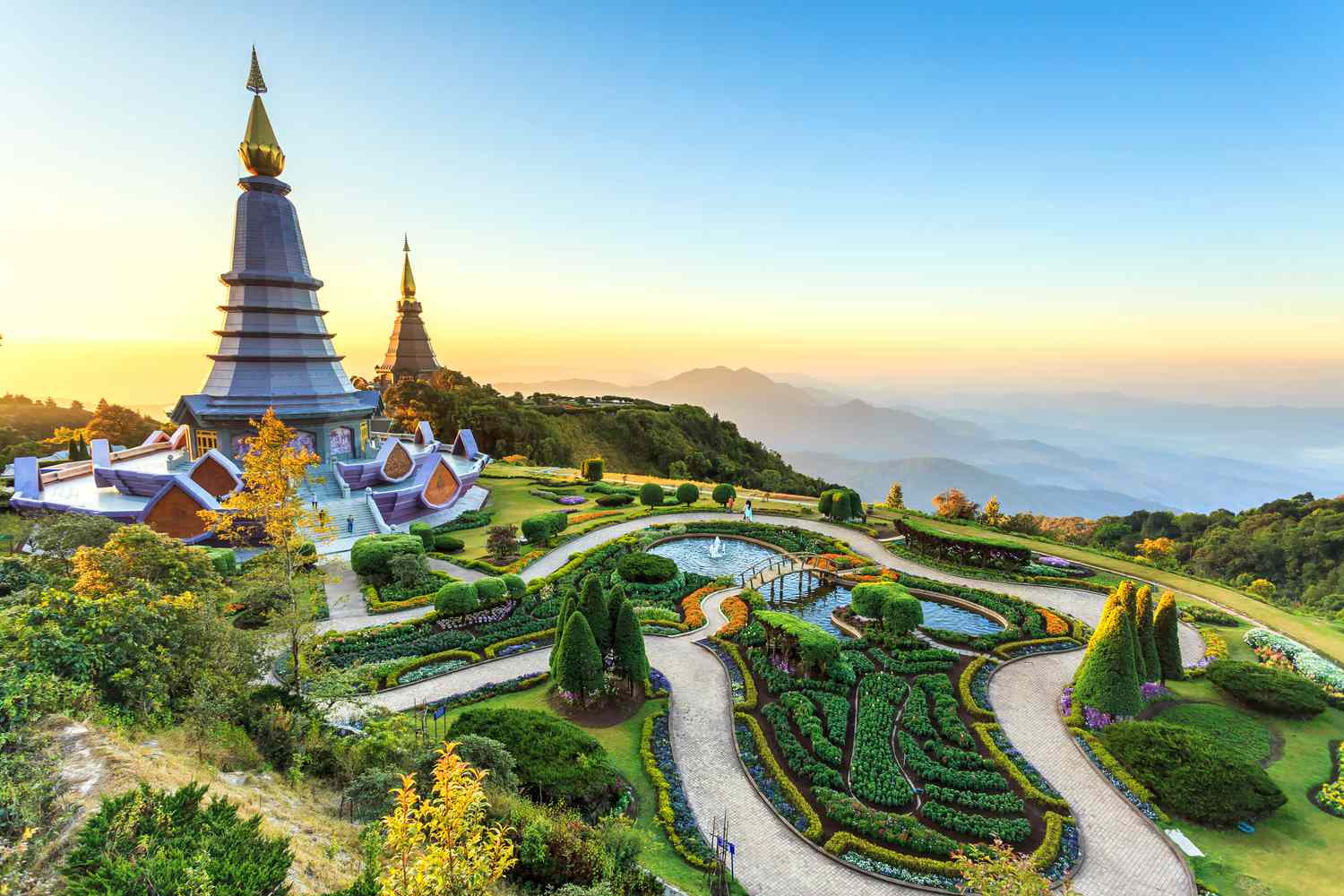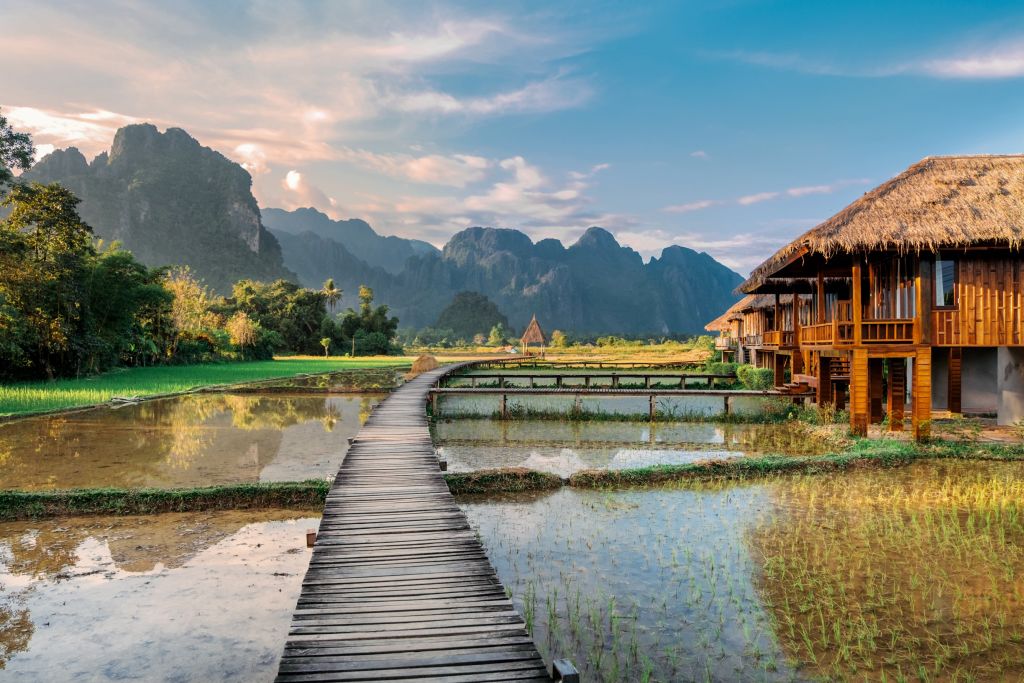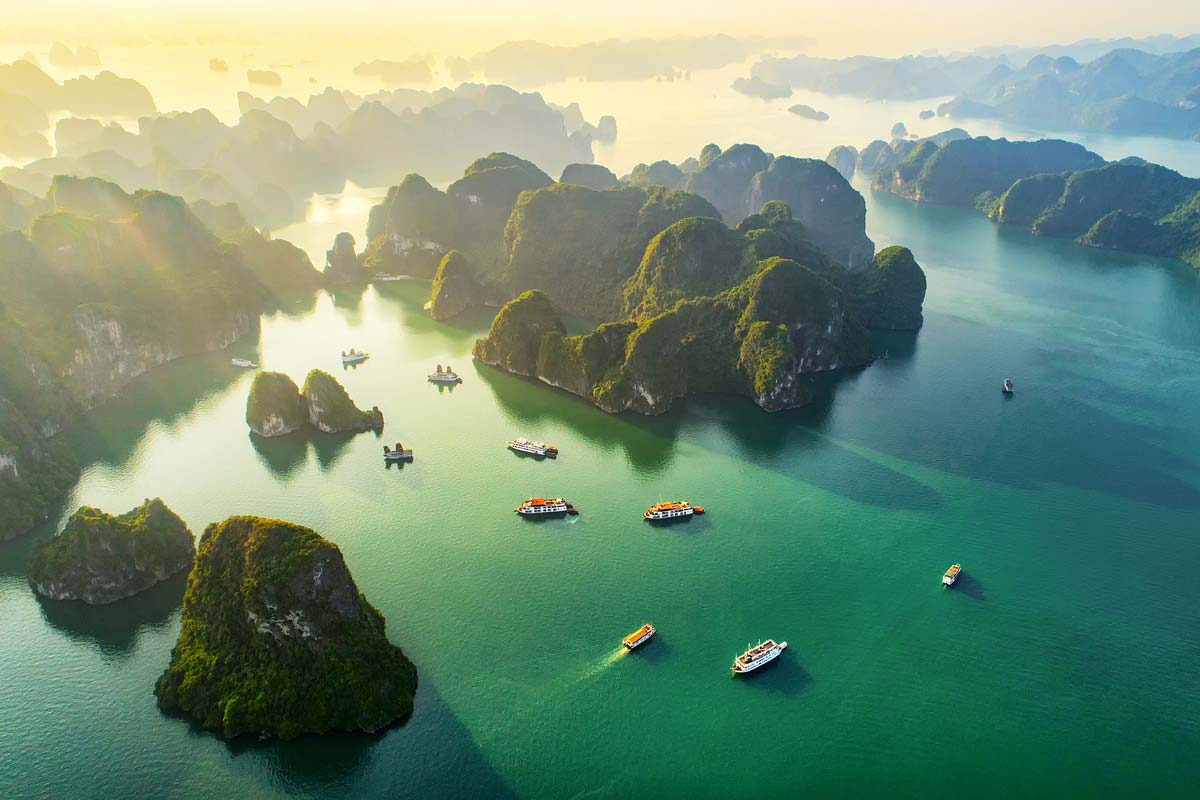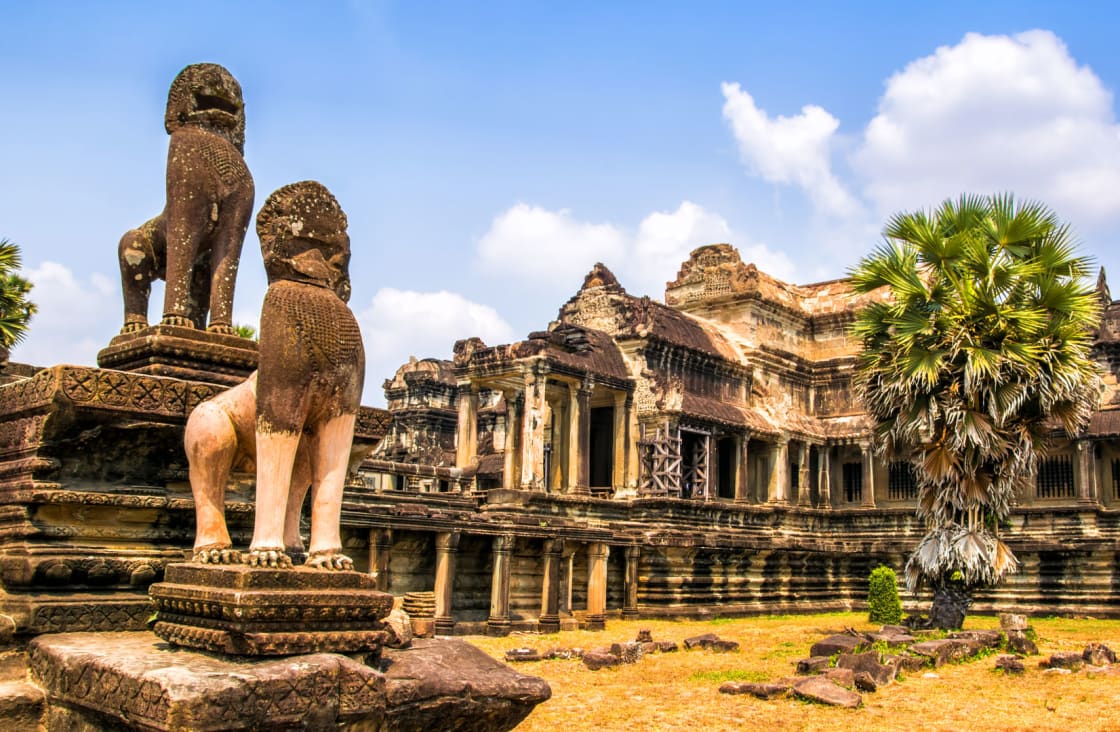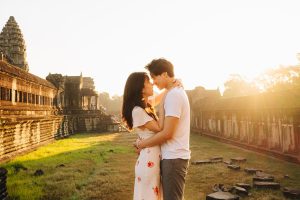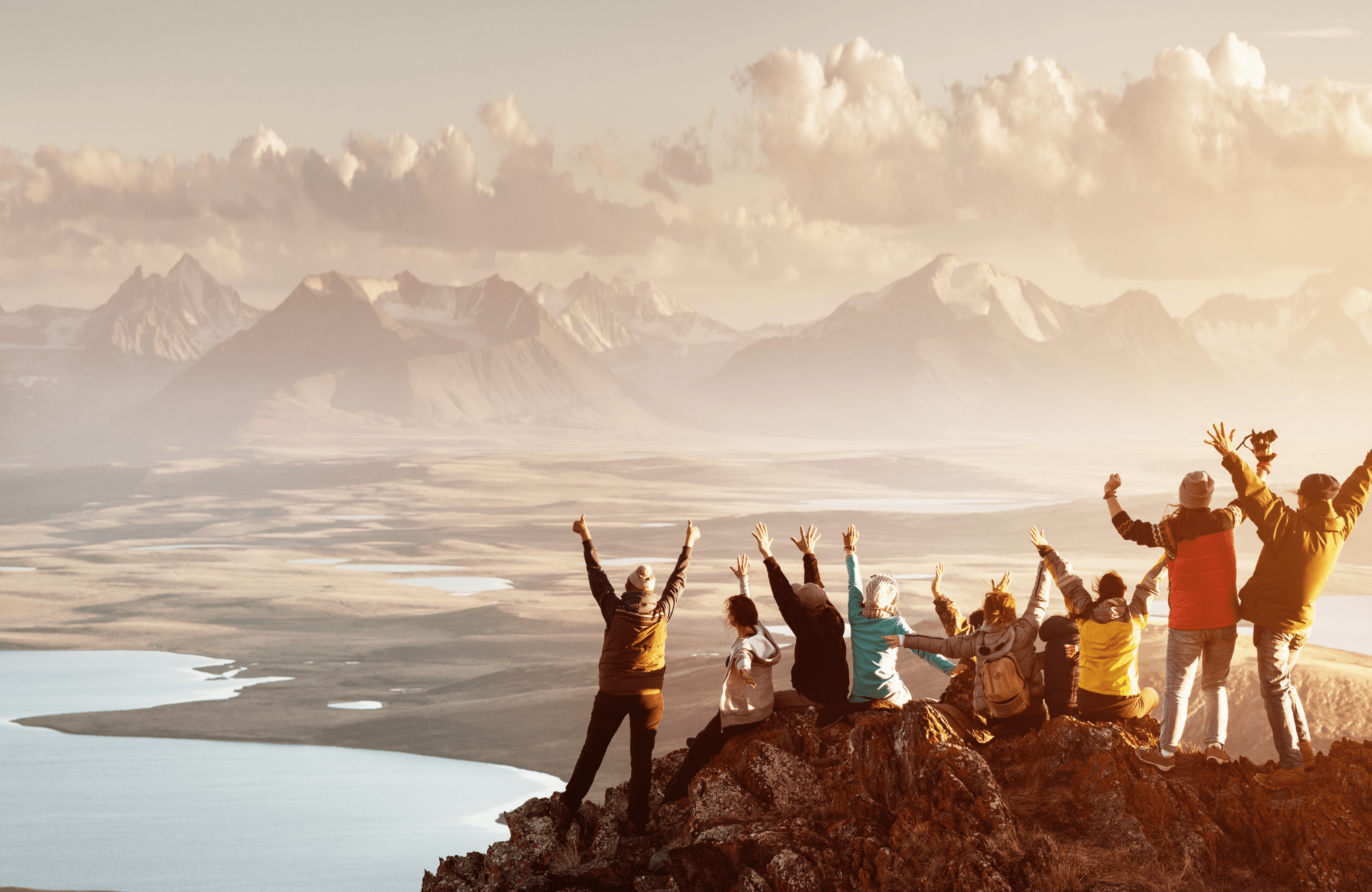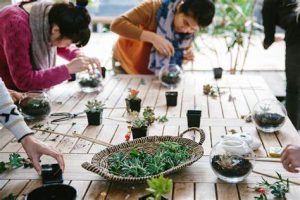Cambodia, a land rich in culture and history, is home to numerous traditional festivals that reflect the country’s deep-rooted Buddhist beliefs and vibrant customs. These festivals are not only religious and spiritual events but also opportunities for families and communities to come together, share joy, and preserve their heritage. Whether you're a traveler seeking an authentic experience or simply curious about Cambodian traditions, here are some of the most significant festivals you shouldn't miss.
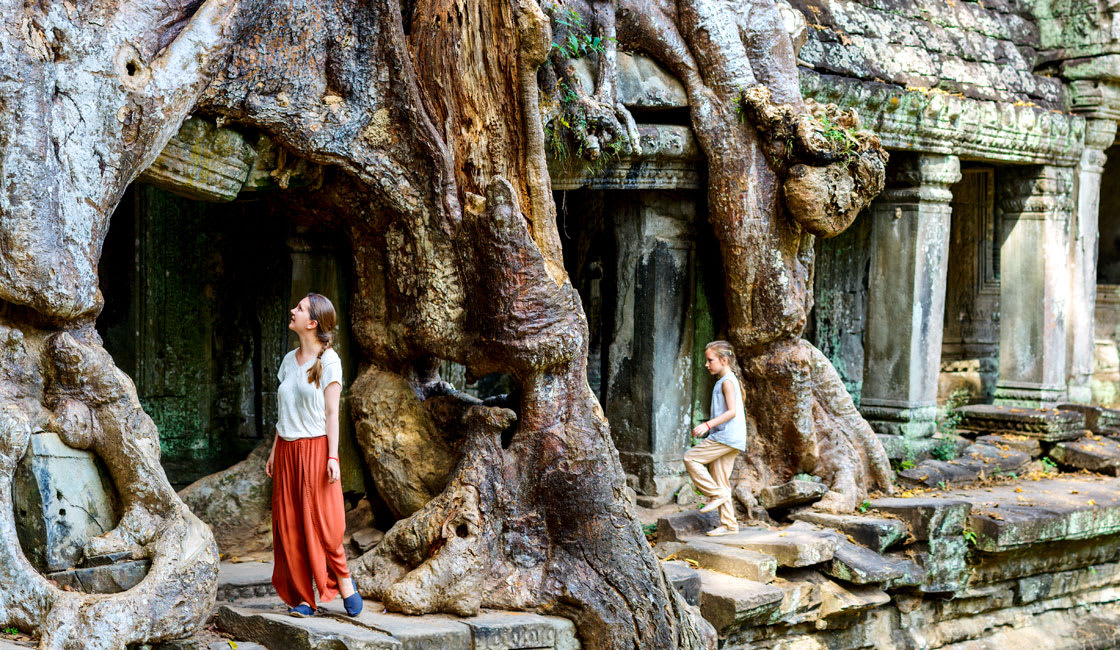
1. Khmer New Year (Chaul Chnam Thmey) – The Biggest Celebration of the Year
When: April 13-15
Significance: Welcoming the new year in the traditional Buddhist calendar
Khmer New Year, or Chaul Chnam Thmey, is Cambodia’s most important festival, celebrated over three days in April. It marks the end of the harvest season and the beginning of a new year. Families gather to clean their homes, visit pagodas, and offer food to monks.

Key Traditions:
- Water and talcum powder fights – Similar to Thailand’s Songkran, locals splash water to wash away bad luck and welcome a fresh start.
- Traditional games and dance – People play traditional games like Chol Chhoung and perform the Robam Trot dance to ward off bad spirits.
- Temple visits and offerings – Families bring food and donations to monks to earn merit for the new year.
Where to Celebrate: Phnom Penh, Siem Reap (especially at Angkor Wat), and local villages.
2. Pchum Ben – The Cambodian Ancestors' Day
When: September or October (based on the lunar calendar)
Significance: Honoring ancestors and making offerings for their spirits
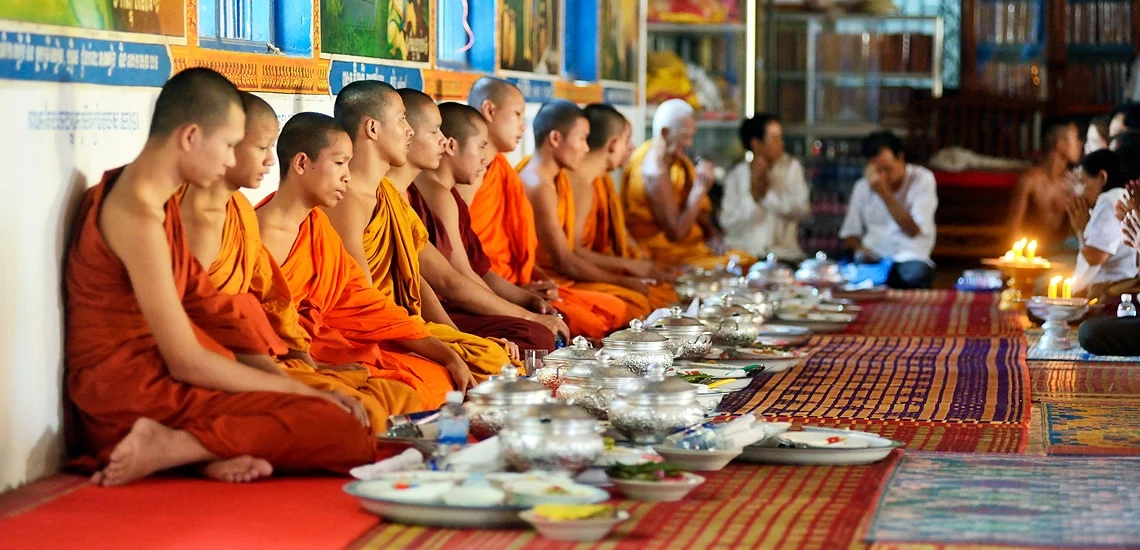
Pchum Ben is one of Cambodia’s most spiritual festivals, also known as Ancestors' Day. It is a time when Cambodians believe the spirits of the deceased return to the world of the living. Families visit temples to make offerings, ensuring that their ancestors receive food and blessings.
Key Traditions:
- Offering rice and food to monks – People wake up early to visit pagodas and offer rice balls (Bai Ben) to wandering spirits.
- Lighting candles and incense – Temples glow with candlelight as families pray for their ancestors.
- Gathering with loved ones – It is a time for family reunions, as Cambodians remember their ancestors together.
Where to Experience: Pagodas across Cambodia, especially Wat Phnom in Phnom Penh.
3. Water Festival (Bon Om Touk) – The Exciting Boat Racing Festival
When: November (during the full moon of the Buddhist month of Kadeuk)
Significance: Celebrating the reversal of the Tonle Sap River’s flow
The Water Festival, or Bon Om Touk, is one of Cambodia’s most thrilling celebrations. It marks the natural phenomenon where the Tonle Sap River changes direction, a crucial event for Cambodia’s agriculture and fishing communities. The highlight of the festival is the spectacular dragon boat races held in Phnom Penh.
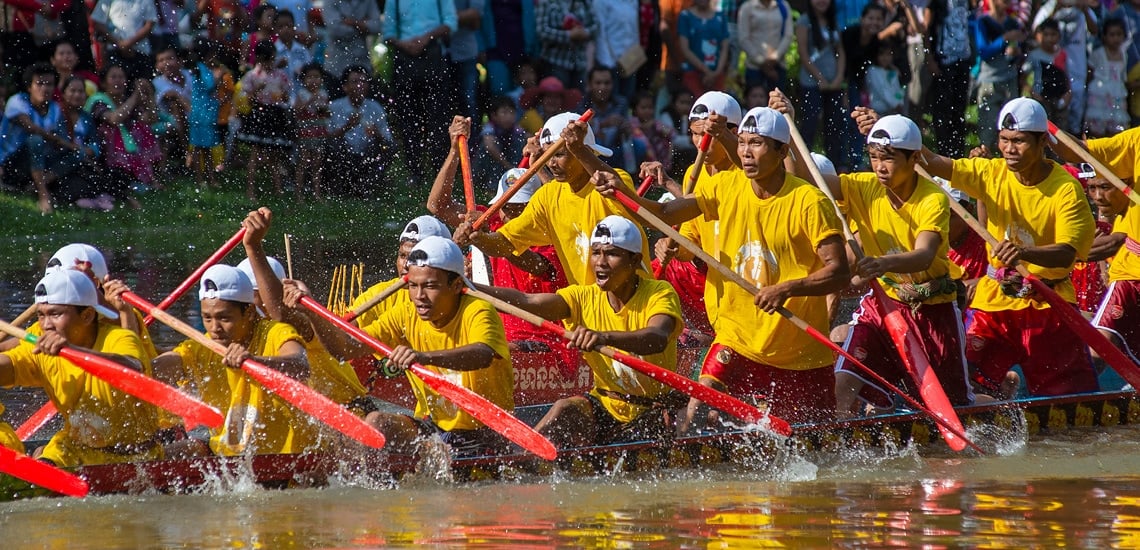
Key Traditions:
- Dragon boat racing – Teams from different provinces compete in colorful longboat races along the Tonle Sap River.
- Festive street parades – The capital comes alive with street markets, concerts, and fireworks.
- Floating lanterns and river blessings – Locals release small floating lanterns to honor the water spirits.
Where to Experience: The best place to witness this festival is along the Tonle Sap River in Phnom Penh. Siem Reap and Battambang also hold celebrations.
4. Royal Plowing Ceremony (Bonn Chroat Preah Nongkoal) – The Agricultural Blessing Festival
When: May (beginning of the rainy season)
Significance: A royal ceremony to predict the agricultural harvest
The Royal Plowing Ceremony is an ancient tradition where Cambodia’s king or a royal representative performs a sacred ritual to bless the upcoming rice-growing season. The ceremony involves sacred oxen, which are given a choice of different foods. The items they eat are believed to predict the success of the harvest.
Key Traditions:
- Sacred oxen ritual – Oxen are presented with offerings such as rice, water, grass, and wine to predict agricultural success.
- Royal participation – The king or high-ranking officials take part in symbolic plowing.
- Monk blessings – Monks chant prayers for a bountiful harvest and national prosperity.
Where to Experience: The official ceremony takes place near the Royal Palace in Phnom Penh.
5. Meak Bochea – A Sacred Buddhist Holiday
When: February (full moon of the third lunar month)
Significance: Honoring Buddha’s final teachings

Meak Bochea is one of Cambodia’s most sacred Buddhist festivals, commemorating the day when 1,250 disciples gathered to listen to Buddha’s last sermon before his enlightenment. It is a quiet, spiritual festival focusing on reflection and merit-making.
Key Traditions:
- Monks chanting and preaching – Temples hold special sermons to remind people of Buddha’s teachings.
- Candlelight processions – Worshippers walk around temples holding candles and incense.
- Acts of kindness and generosity – Cambodians offer food to monks and help those in need.
Where to Experience: This festival is best experienced at Wat Phnom (Phnom Penh) and Angkor Wat (Siem Reap).
Final Thoughts
Traditional festivals in Cambodia are deeply tied to the country's culture, faith, and history. Whether you're witnessing the vibrant Khmer New Year, the sacred rituals of Pchum Ben, or the thrilling boat races of the Water Festival, each event offers a unique insight into the spirit of Cambodia.
If you’re planning to visit, timing your trip around these festivals will allow you to experience Cambodia at its most lively and authentic.
Have you experienced any of these festivals? Share your thoughts in the comments!
Follow us on Instagram [@YourInstagramHandle] for more travel inspiration and real-time festival highlights!
